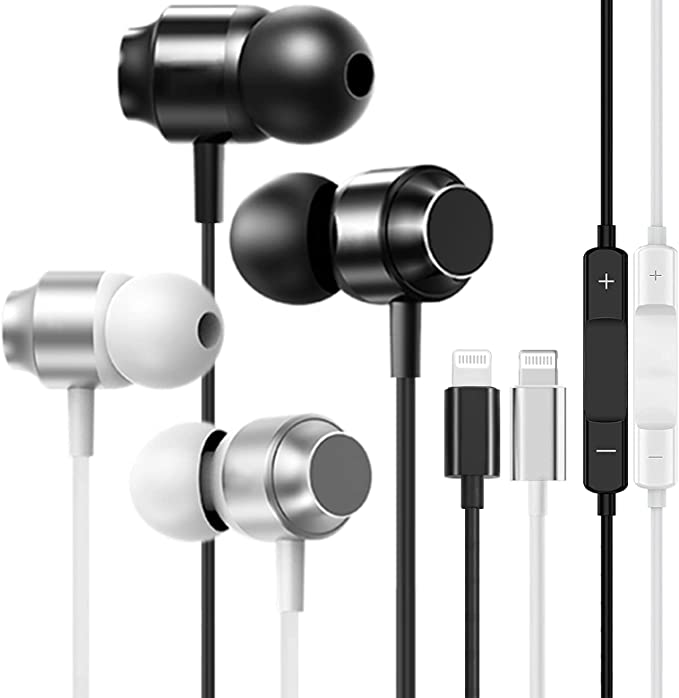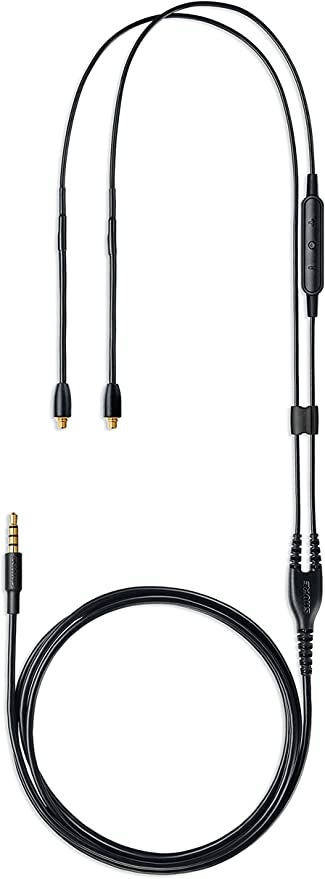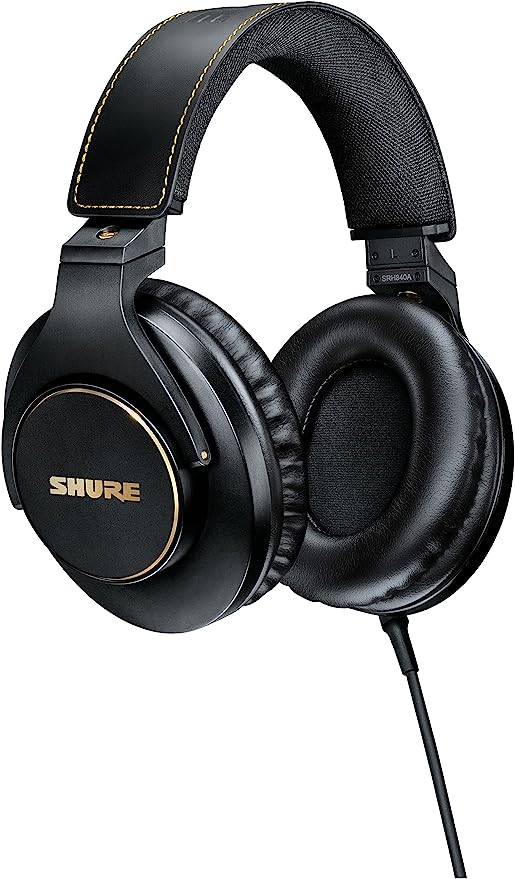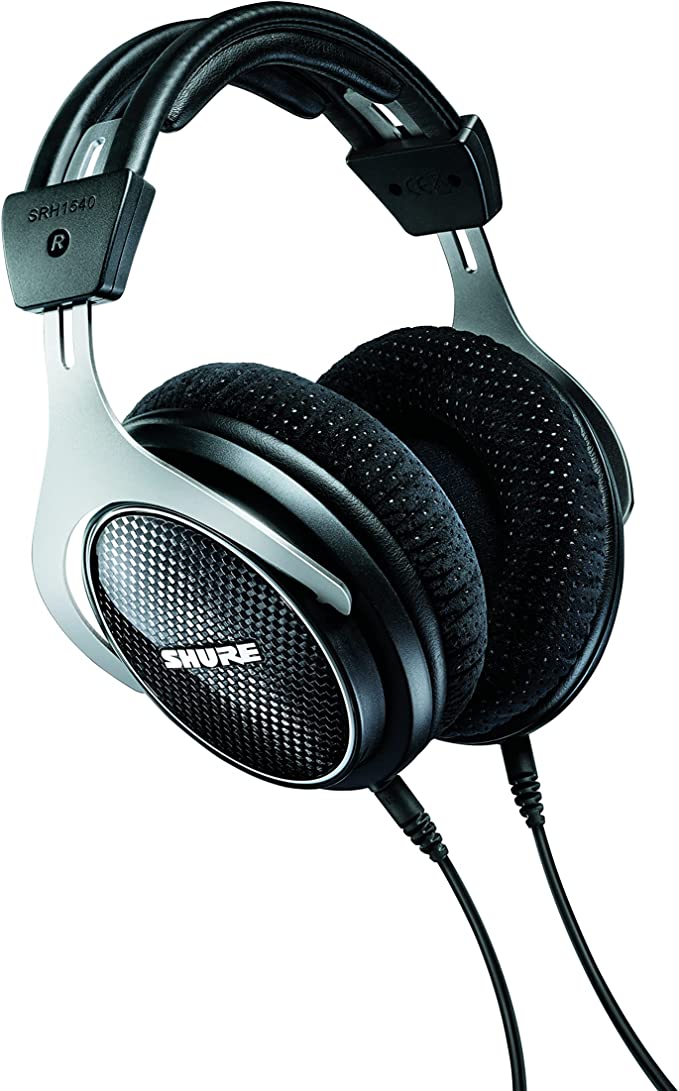Shure BLX14/P31 Wireless Microphone System: Unleash Your Performance with UHF Technology
Update on March 20, 2025, 4:22 a.m.
Picture this: you’re a yoga instructor, guiding your students through a series of challenging poses. You need to be heard clearly, but your wired microphone keeps getting in the way, restricting your movements and disrupting the flow of the class. Or imagine you’re a singer, pouring your heart out on stage. You want to connect with your audience, but the microphone cable limits your ability to move freely and express yourself.
These scenarios highlight a common frustration: the limitations of wired microphones. While they offer reliable sound, they can also be a hindrance, especially for performers and presenters who need to move around. This is where wireless microphone systems come to the rescue, offering freedom, flexibility, and a cleaner stage presence. Let’s explore the fascinating technology behind these systems, using the Shure BLX14/P31 as our guide.

The Magic of Radio Waves
At the heart of every wireless microphone system lies the magic of radio waves. These invisible waves, part of the electromagnetic spectrum, are the same type of energy that carries radio and television signals. Think of them like ripples spreading across a pond when you toss in a pebble. The pebble’s impact creates a disturbance, and this disturbance travels outward as waves.
Similarly, a wireless microphone transmitter converts your voice into an electrical signal, which is then used to create a radio wave. This wave travels through the air, carrying your voice to a receiver. The receiver then converts the radio wave back into an electrical signal, which is amplified and sent to a sound system.
UHF vs. VHF: A Frequency Face-Off
Wireless microphone systems operate on different radio frequencies. Two common frequency ranges are Very High Frequency (VHF) and Ultra High Frequency (UHF). While VHF systems were popular in the past, UHF systems have become the preferred choice for several reasons:
- Penetration Power: UHF radio waves have shorter wavelengths than VHF waves. This might seem counterintuitive, but shorter wavelengths are actually better at penetrating obstacles like walls and people. Think of it like this: smaller waves can squeeze through tighter spaces more easily.
- Interference Avoidance: The UHF band offers a wider range of frequencies than the VHF band. This means there are more “channels” available, making it easier to find a clear frequency free from interference from other wireless devices.
- More System.

Modulation Matters: FM and AM Explained
To transmit audio information on a radio wave, we need to “modulate” the wave. This means changing some property of the wave in a way that represents the audio signal. Two common modulation techniques are:
- Frequency Modulation (FM): In FM, the frequency of the radio wave (the number of waves per second) is varied slightly to represent the audio signal. Imagine changing the speed at which ripples spread across the pond. Faster ripples might represent a high-pitched sound, while slower ripples represent a low-pitched sound.
- Amplitude Modulation (AM): In AM, the amplitude (strength) of the radio wave is varied to represent the audio signal. This is like changing the height of the ripples on the pond. Higher ripples might represent a loud sound, while lower ripples represent a soft sound.
Most analog wireless systems, including BLX, uses FM.
Decoding the Shure BLX14/P31
The Shure BLX14/P31 is a popular UHF wireless microphone system designed for performers, presenters, and fitness instructors. It consists of three main components:
- BLX1 Bodypack Transmitter: A small, lightweight unit that clips to your belt or clothing. This is where the microphone connects, and it’s responsible for converting your voice into a wireless signal.
- BLX4 Receiver: This unit sits near your sound system and receives the wireless signal from the transmitter. It then converts the signal back into audio that can be amplified.
- PGA31 Headset Microphone: A comfortable, lightweight microphone designed to be worn over the ear. It captures your voice clearly while rejecting background noise.
Deep Dive into UHF Technology
The Shure BLX14/P31 operates in the UHF frequency range, typically between 470 MHz and 952 MHz, though specific bands vary by region and local regulations. As we discussed, UHF offers significant advantages over VHF. The wider range of available frequencies within the UHF band allows for more simultaneous wireless systems to operate without interfering with each other.
It’s important to note that the use of wireless microphones is regulated by government agencies, such as the Federal Communications Commission (FCC) in the United States. These regulations specify which frequencies can be used and the maximum power levels allowed. The BLX14/P31 is designed to comply with these regulations.

The Importance of Frequency Selection
Choosing the right operating frequency is crucial for a clean, interference-free performance. Interference can come from various sources, including other wireless microphones, television broadcasts, and even some electronic devices. If two wireless systems operate on the same frequency, they can interfere with each other, causing dropouts, static, or distorted audio.
Intermodulation is a specific type of interference that occurs when multiple radio signals mix together in a non-linear device (like a transistor in a receiver). This mixing can create new, unwanted signals at different frequencies, potentially interfering with other wireless systems.
Shure provides a helpful online tool called the Frequency Finder. By entering your location, the tool can recommend the best frequency band and specific channels for your area, minimizing the risk of interference.
Antenna Advantage: Diversity Explained
The BLX4 receiver employs a technique called “antenna diversity” to improve signal reliability. It uses two antennas, and the receiver constantly monitors the signal strength from each antenna. It automatically switches to the antenna receiving the stronger signal, minimizing the chance of dropouts caused by signal fluctuations or obstructions.

Inside the BLX1: The Bodypack Transmitter
The BLX1 is more than just a simple on/off switch. It houses sophisticated electronics that convert the weak audio signal from the microphone into a radio signal strong enough to transmit to the receiver. It utilizes a TA4 connector, a robust and secure connection for miniature microphones, ensuring a reliable link between the microphone and the transmitter.
Inside the BLX4: The Receiver
The BLX4 doesn’t just passively receive signals. It actively filters and processes the incoming radio waves. A key feature is the “squelch” circuit. This circuit acts like a gatekeeper, muting the audio output when no valid signal is detected. This prevents the receiver from amplifying background noise or static when the transmitter is turned off or out of range.
The PGA31 Headset Microphone: Designed for Clarity
The PGA31 is a condenser microphone, meaning it uses a thin, electrically charged diaphragm to convert sound waves into electrical signals. Condenser microphones are known for their sensitivity and detailed sound reproduction.
The PGA31 also features a cardioid polar pattern. This means it’s most sensitive to sound coming from directly in front of the microphone, while rejecting sound from the sides and rear. This helps to isolate your voice and minimize background noise, making it ideal for noisy environments, such as gyms, stages, or busy conference halls. The headset design ensures consistent microphone placement, even during vigorous movement, maintaining consistent sound quality.
Setting Up the BLX14/P31: A Simplified Overview
While a detailed step-by-step guide is best found in the user manual, the core setup process is straightforward:
- Connect the Receiver: Connect the BLX4 receiver to your sound system (mixer, amplifier, etc.) and plug it into a power outlet.
- Power On: Turn on both the receiver and the BLX1 transmitter.
- Frequency Selection: Use the group and channel buttons on the receiver and transmitter to select a clear frequency. The BLX4’s “scan” function can help you find an available channel automatically. Ensure both the receiver and transmitter are set to the same group and channel.
- Adjust Gain: Adjust the audio gain on the BLX1 transmitter to achieve an optimal signal level without distortion. The audio LED on the receiver will help you monitor this – green is good, red indicates clipping (overload).
- Connect PGA31 to BLX1.
Multiple Systems, One Stage: Frequency Coordination
If you’re using multiple wireless microphone systems simultaneously, careful frequency coordination is essential. As mentioned earlier, operating multiple systems on the same or closely spaced frequencies can lead to interference. The BLX system allows up to 12 compatible systems to operate within the same frequency band. However, proper planning is crucial.
Shure’s Wireless Workbench software (available for download) is a powerful tool for managing and coordinating frequencies in complex multi-system setups. It can help you calculate intermodulation-free frequencies and ensure that all your wireless systems operate harmoniously.
Troubleshooting Tips
Even with the best wireless systems, occasional issues can arise. Here are a few common troubleshooting tips:
- Dropouts (brief signal loss): Ensure there’s a clear line of sight between the transmitter and receiver. Obstacles like walls and large crowds can weaken the signal. Try repositioning the receiver or antennas. Also, check the battery level of the transmitter.
- Interference (static, noise, or unwanted audio): Try selecting a different frequency. Use Shure’s Frequency Finder or Wireless Workbench to identify clear channels. Be aware of other potential sources of interference, such as nearby Wi-Fi routers or other wireless devices.
- Distorted Audio: If the audio LED on the receiver is constantly red, the signal is too strong (clipping). Reduce the gain on the BLX1 transmitter.
- No sound: Check power, and audio connection between receiver and mixer.
The Future of Wireless Audio
Wireless audio technology continues to evolve. Digital wireless systems, which offer improved audio quality, increased spectral efficiency (more systems in less bandwidth), and enhanced security, are becoming increasingly popular. Advanced features like automatic frequency selection and networked control are also becoming more common. Research continues into using higher frequency bands and more sophisticated modulation techniques to further improve performance and reliability.
Conclusion: Embrace the Wireless Revolution
Wireless microphone systems like the Shure BLX14/P31 have revolutionized live performance, presentations, and fitness instruction. They offer freedom of movement, improved sound quality, and a cleaner stage presence. By understanding the underlying principles of UHF technology, frequency selection, and proper system setup, you can harness the power of wireless audio and unleash your full potential, whether you’re a seasoned performer or just starting out. The days of tangled cables and restricted movement are over – embrace the wireless revolution!












































